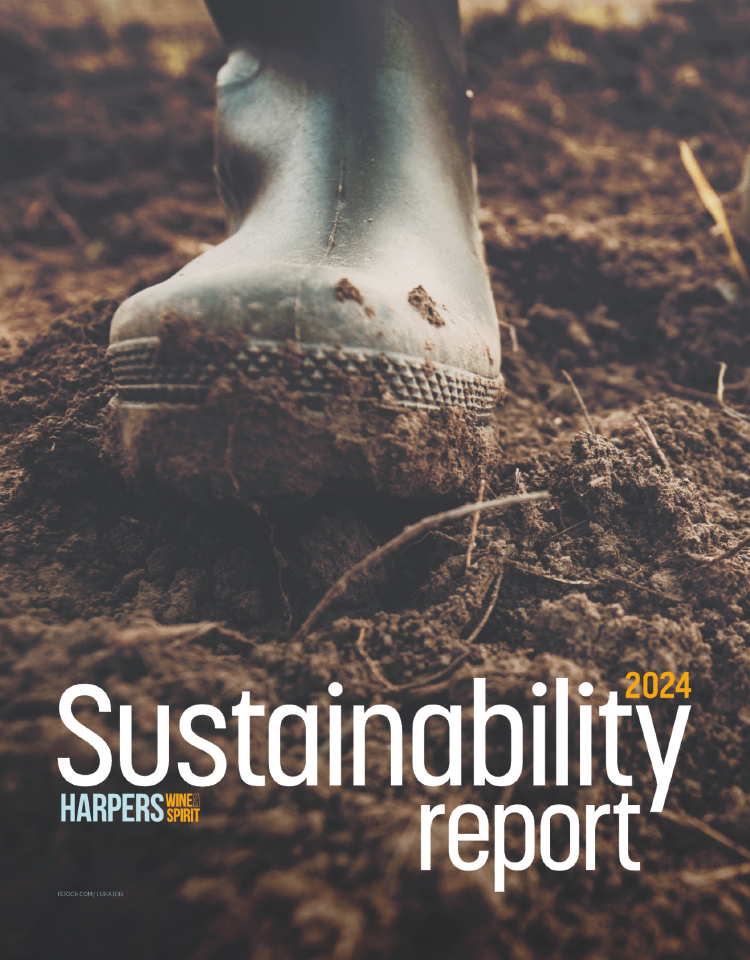
Southern hemisphere winemakers share lessons from crisis harvesting
Producers from across the southern hemisphere have shared their experiences of what it was like to complete their 2020 harvests while infrastructure closed down around them and the movement of people became restricted.
At a recent OIV-organised webinar, Antonio Graça, secretary of the Sustainable Development and Climate Change experts group of the OIV Portugal, noted that the onset of Covid-19 has “reversed the historical flow of knowledge” from north to southern hemispheres, as producers found themselves handling grape crush at one of the most crucial moments of the 21st century so far.
In some cases, like New Zealand, harvest in the southern hemisphere coincided almost to the day with the first cases of Covid-19, putting immense strain on the industry.
From the outset, New Zealand was tough on lockdown measures. According to Jeffrey Clarke, general manager for advocacy and general counsel for New Zealand Winegrowers, to stop the spread of the virus, the government’s ethos was to “go early, go hard”, closing the borders within three weeks of the first case arriving. At the time of writing, there was only one active case in the country.
Winemakers had to “lobby hard”, but were rewarded when “vineyards and wineries were classified as essential because they were part of the food chain”.
Others, as in the case of South Africa, had already completed the majority of the harvest when lockdown hit. South Africa though has had major struggles with the government’s flip-flopping alcohol ban.
“It was a fight for survival,” said Yvette Van Der Merwe, executive manager at South Africa Wine Industry Information and Systems (SAWIS).
“We were asking for harvesting activities to be completed, because as we know, [what you do in the vineyard] is only one aspect. There are various other things in the cellar that have to be dealt with as well.”
Overall, producers agreed that communication was key to minimising the additional pressures of lockdown harvesting, with Tony Battaglene, chief executive of Australian Grape and Wine Incorporated, going into detail about an industry crisis management plan that was adapted from last year’s devastating bushfires.
“Critical in our success was the government/industry partnership, and particularly the appointment of a special envoy for agriculture, with direct contact to us as a big industry body,” he said.
Noting that “we have one shot at being the grape and wine industry, once a year; and if we miss that window, we have no other source of income”, Battaglene said movement of labour became absolutely critical for the country’s crush, which usually relies on moving pickers across state lines.
Battaglene also noted the impact of losing access to cellar doors and the on-trade on Australia’s 2,700 wineries.
“The majority of these are very small, family-owned businesses which rely on cellar door, direct to consumer sales and also local restaurants. For many of these operations, their only source of revenue was closed from 12 March.”
New Zealand’s Clarke also spoke about “close collaboration between the senior levels of our ministry”.
“It was close communication with frequent Zoom meetings to keep in touch,” he said.
In South Africa’s case, creating a public website to circulate information was also key to galvanising support from the trade. This turned out to be key to turning the tide on exports and convincing the government that “transmission of the virus [via exports] was a low risk”.
Elsewhere, representatives from Argentina and Chile spoke about managing to keep abreast of Covid-19 challenges while completing harvests – particularly Chile, which has suffered sky-high infection rates in some areas.
“I would like to congratulate and thank our people, because they kept on working with a lot of responsibility and passion in the fields,” Aurelio Montes, president of Wines of Chile, said.
“They never missed a day working as they realised how important it was to keep going and have our grapes in the winery.”
Keywords:
- wine
- South Africa
- New Zealand
- Chile
- industry
- Grape
- case
- southern
- wine industry
- one
- zealand
- south
- OIV
- southern hemisphere
- covid 19
- battaglene
- government industry partnership
- devastating bushfires “critical
- crisis management plan
- last year’s devastating
- year’s devastating bushfires
- SAWIS






